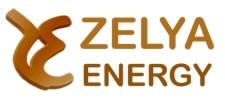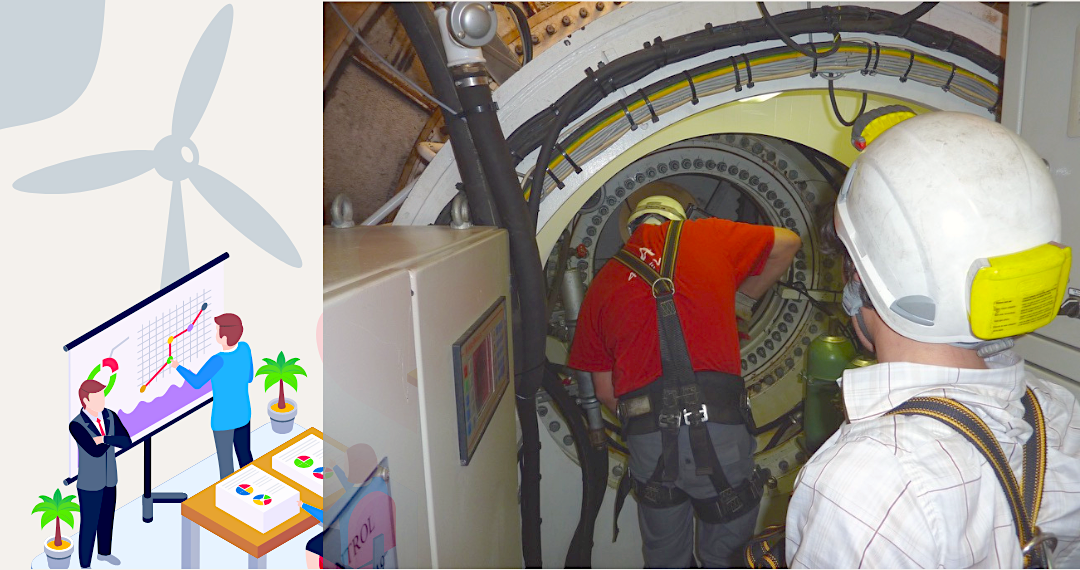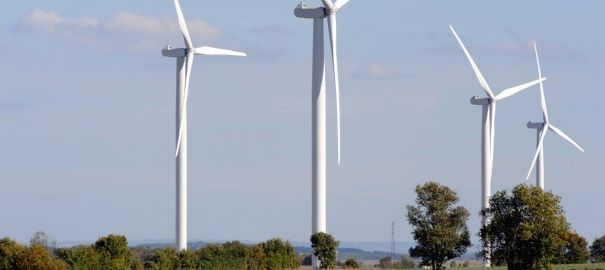Case Study: Independent Availability Audit Service
In the dynamic renewable energy sector, precise monitoring and verification of wind farm performance are essential. WindDeep's team at Zelya Energy has developed intuitive and efficient data systems, distinguishing itself with meticulous availability audits and real-time monitoring solutions that enhance transparency and operational efficiency.
Challenges in Wind Farm Management
Managing operational availability of a wind farm involves complex challenges, such as unexpected downtimes and maintenance issues. These challenges were exacerbated by a lack of precise data, potentially leading to disputes between wind farm owners and maintenance contractors over responsibility and financial penalties.
WindDeep's Solution
WindDeep introduced its Independent Availability Audit service, using the "WindDeep Availability Tracker". This service not only tracks and analyzes data in real-time but also integrates seamlessly with existing data systems or Scada to provide detailed monthly and annual audit reports. These reports highlight the precise availability of wind farms, identifying whether downtimes are due to equipment issues, contractor errors, or external factors.
Strategic Impact
The service allows operators to intuitively understand the main sources of unavailability through an interactive dashboard. Moreover, WindDeep's solution facilitates easy recategorization of downtimes directly from a mobile device or computer, streamlining the resolution process. This capability is crucial during contract negotiations or in the due diligence phase of refinancing or acquisitions.
Benefits for Stakeholders
WindDeep's tool provides a transparent and indisputable account of wind farm availability, significantly balancing information asymmetry between maintenance providers and park owners. This ensures that all parties are on the same wavelength, which is crucial for maintaining high availability and efficient operation. The service also supports proactive maintenance planning and improves the negotiation leverage of maintenance and insurance contracts. By integrating WindDeep's comprehensive solutions, wind farm operators can not only anticipate the actual availability of their assets but also prioritize actions that significantly reduce downtimes, thus increasing the overall performance and profitability of the park.
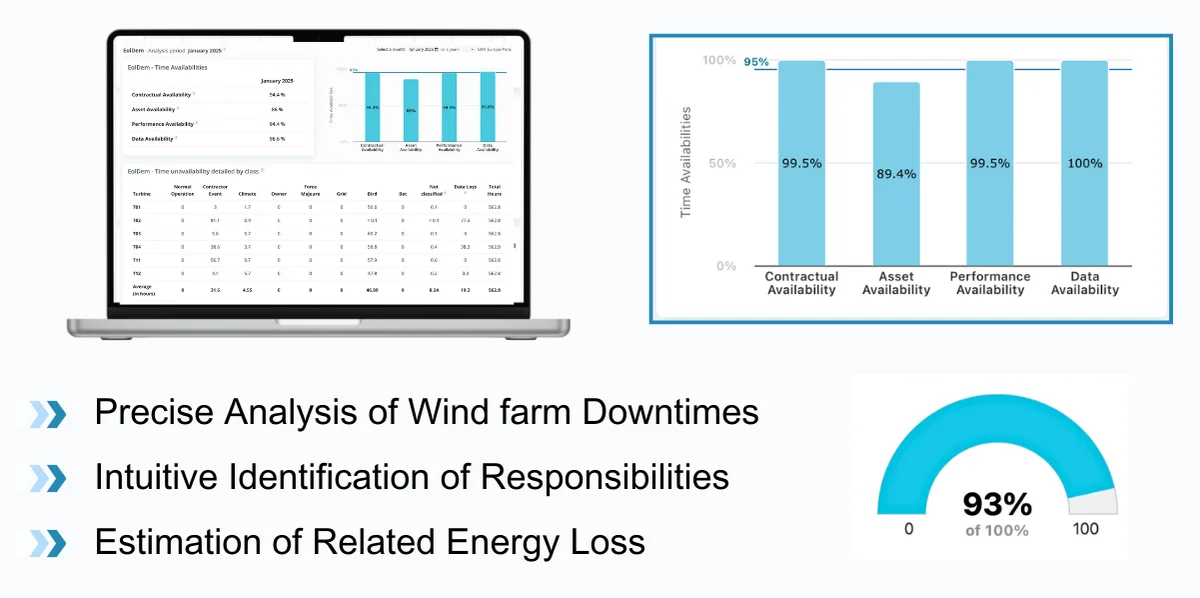
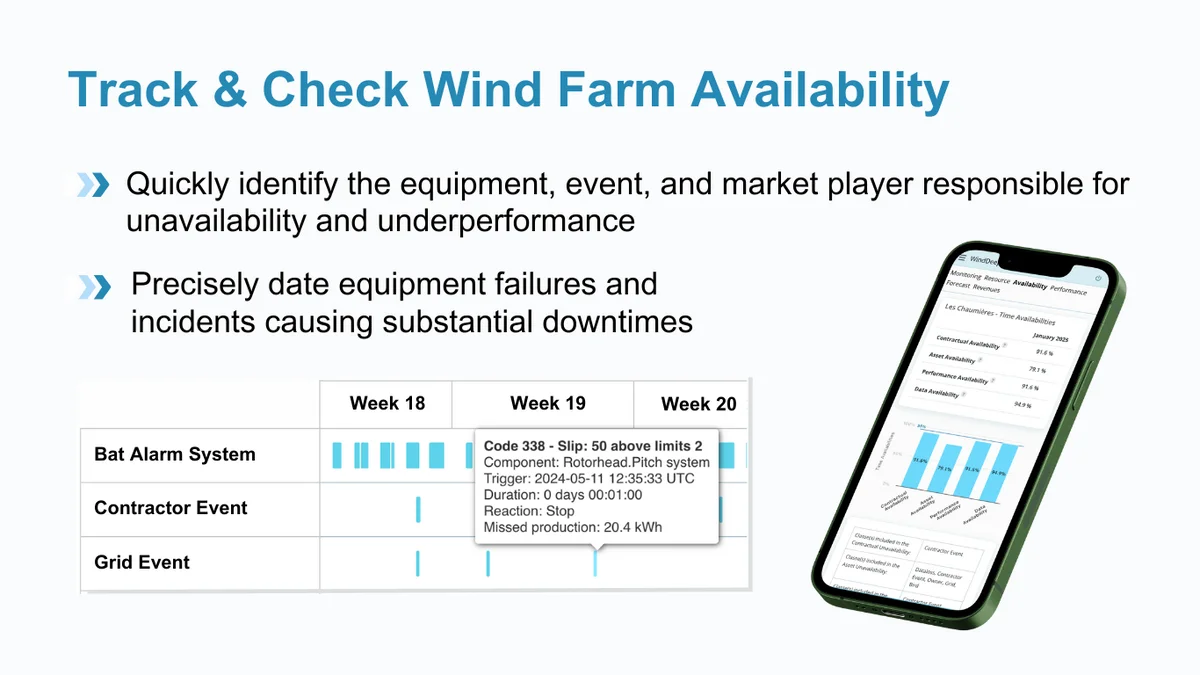
Availability Check-Up During Due Diligence of Wind Farms</strong >
When acquiring or financing a wind farm, due diligence is a critical step to assess risks and ensure the asset meets performance expectations. Among the key factors evaluated, availability—the percentage of time a wind turbine or farm is operational and producing energy—stands out as a cornerstone of operational and financial success. Conducting an availability check-up during due diligence provides a clear picture of the asset’s reliability, potential downtime risks, and alignment with projected returns. This article explores why and how availability assessments are conducted in this context.
Why Availability Matters in Wind Farm Due Diligence?
Availability directly impacts the revenue generated by a wind farm. A turbine that frequently experiences unplanned outages or underperforms compared to contractual guarantees can lead to significant financial losses. During due diligence, stakeholders—such as investors, financiers, or buyers—need to verify that the wind farm’s availability aligns with the figures outlined in the business plan or financing agreements. Discrepancies between expected and actual availability can signal underlying technical issues, poor maintenance practices, or overly optimistic projections, all of which increase investment risk.
Beyond financial implications, availability reflects the operational health of the asset. A thorough check-up can reveal whether the wind farm has been well-maintained, if spare parts are readily available, or if external factors (like grid constraints) have historically affected uptime. This insight is invaluable for negotiating purchase prices or planning post-acquisition improvements.
Key Components of an Availability Check-Up
An effective availability assessment during due diligence involves analyzing historical data, contractual obligations, and operational practices. Here’s how it typically unfolds:
1. Reviewing Historical Availability Data
The first step is to examine the wind farm’s historical availability records, often sourced from SCADA (Supervisory Control and Data Acquisition) systems or operator logs. This data shows how often turbines were operational over a given period, highlighting patterns of downtime. For instance, recurring stoppages due to mechanical failures or delays in repairs can indicate systemic issues. Comparing this data against industry benchmarks—typically 95-98% availability for modern wind farms—helps assess whether the asset performs within expected norms.
2. Assessing Contractual Availability Guarantees
Wind farm contracts, such as those with turbine manufacturers or O&M (Operations and Maintenance) providers, often include availability guarantees. These commitments specify a minimum uptime percentage, with penalties or compensation if unmet. During due diligence, reviewing these agreements alongside actual performance data reveals whether the guarantees have been fulfilled. Discrepancies might point to unresolved disputes or hidden liabilities that could affect future cash flows.
3. Identifying Causes of Downtime
Understanding why downtime occurs is as important as measuring its frequency. An availability check-up categorizes incidents—mechanical breakdowns, weather-related stoppages, grid curtailments, or maintenance delays—and assigns responsibility (e.g., operator, manufacturer, or external factors). This analysis helps determine whether issues are fixable (e.g., through better maintenance) or systemic (e.g., poor site design), influencing the asset’s long-term viability.
The Role of Independent Expertise
Incorporating independent expertise into the availability check-up adds credibility and depth to the due diligence process. Third-party specialists can analyze raw data, validate operator reports, and provide an unbiased assessment of the wind farm’s performance. Using advanced software tools, they can break down complex datasets into actionable insights, such as identifying underperforming turbines or forecasting future availability based on historical trends. This independent perspective is particularly valuable for resolving discrepancies between operator claims and actual outcomes, ensuring all parties have a reliable basis for decision-making.
Linking Availability to Maintenance Strategies
Availability and maintenance are closely intertwined. A due diligence check-up often reveals how maintenance practices influence uptime. For example, a wind farm with a reactive maintenance approach—fixing issues only after they occur—may show higher downtime than one employing predictive maintenance, which uses data to anticipate failures. By examining maintenance logs alongside availability data, stakeholders can assess whether current strategies are effective or if adjustments could unlock additional uptime, enhancing the asset’s value post-acquisition.
Conclusion: A Critical Step for Informed Decisions
An availability check-up during due diligence is more than a technical exercise—it’s a strategic tool for mitigating risks and maximizing returns. By thoroughly assessing historical performance, contractual commitments, and maintenance practices, stakeholders gain a comprehensive understanding of a wind farm’s operational reliability. Whether the goal is to negotiate a fair price, secure financing, or plan future improvements, this process ensures that decisions are grounded in data rather than assumptions. In an industry where every percentage point of uptime counts, overlooking availability could mean the difference between a sound investment and a costly misstep.
Discover in more detail the Audit, Analysis, and Monitoring Services on our dedicated WindDeep site
